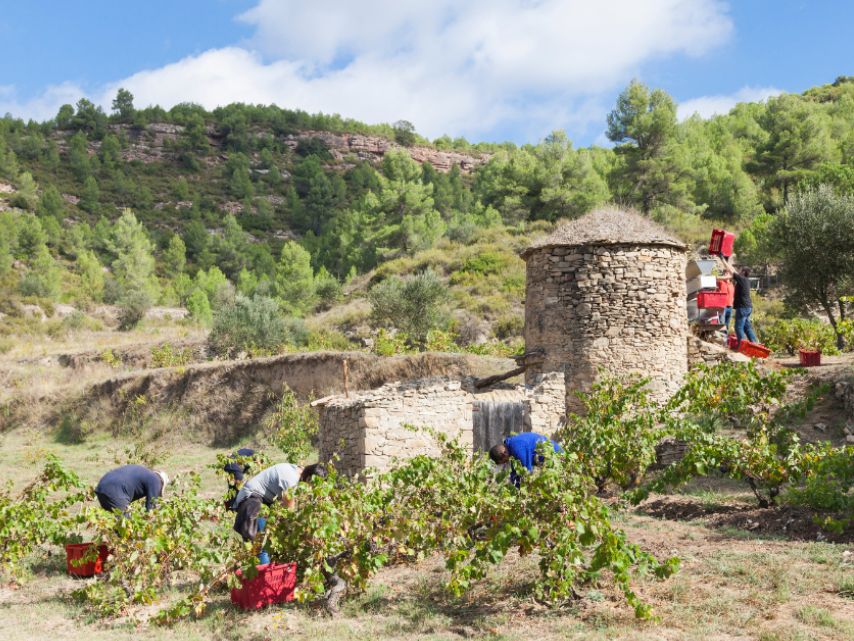Celebrating Tradition: Abadal Arboset and the Legacy of Pla de Bages Vineyards
Abadal Arboset expresses with purity and sincerity the most identifying elements of Abadal, such as its terroir and the landscape, the search for uniqueness and typicality and the enhancement of the traditional varieties of Pla de Bages, in the province of Barcelona.
The Unique Vineyard: Viña Arboset
It is born in a unique vineyard, Viña Arboset; a vineyard delineated into terraces in approximately 1940 and characterized by its forest landscape and a dry stone vat located in the middle of the vineyard.
Historical Varieties
In this unique vineyard, 10 different historical varieties, white and red, coexist: mainly Mandó, Sumoll and Picapoll, but also Punxó Fort, Cap Pelat, Cua de Moltó, Malvasia de Manresa, Pansera, Fumat and Cap Negre.
Traditional Blending
The project began in 2007, when Abadal started a project in Viña Arboset to identify and recover traditional grape varieties from the Pla de Bages region. Abadal Arboset comes from the blending of these 10 different historical varieties, but with Mandó, Sumoll and Picapoll grapes as the main varieties.
Experimental Stage to Reality
In 2013, he experimented by making the wine inside the dry stone vat, with the aim of studying a wine where landscape, history and environment merge. 2017 was the first vintage in which the project stopped being an experimental wine and became a reality.

Traditional Winemaking Techniques
Harvest is by hand and the wine ferments inside the dry stone vat located in the middle of the vineyard. A single fermentation is carried out during which a portion of grape stems are incorporated, using the traditional brescat method, gently treading the grapes and letting the must, skins and stems fall into the interior of the vat. Maceration is carried out by manual pigeage. Ageing for 12 months, of which 60% is in clay amphora and 40% is in 500l oak barrels.
Historical Heritage
Viña Arboset is a living symbol of the existence, centuries ago, of viticultural activity in Pla de Bages. The dry stone vats constitute a unique historical heritage, a living testimony of the time of splendor of the vineyards here. No doubt the construction of these vats responded to the winegrowers' need to negate the cost and time of transporting grapes from the vineyard.











